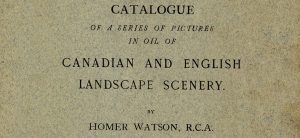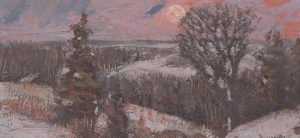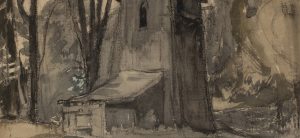It is no secret that summertime held a special place in Homer Watson’s heart. As an early environmentalist, Homer was captivated by the scenic nature of the Doon area during the summer months. His painting, Speed River Elm, reflects the beauty of lush, flowering greenery alongside the tranquil waters of the Speed River. Summertime offered plenty of new opportunities and inspirations for Homer’s artwork—but what about the Watson children? How did Homer’s nieces, nephews, and daughter spend their summer vacations?
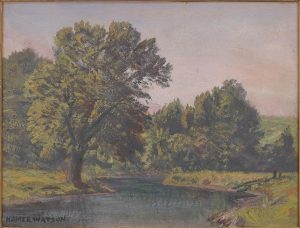
There is a common myth that summer vacation was established because of the agrarian calendar. Modern society upholds the notion of young pioneer children using their time off from school to toil in the fields of their family farms, and it is believed this tradition carried over into present day. However, though pioneer children were expected to help with farm chores from a very young age and it was undoubtedly beneficial for farming families to have the extra help during summer months, this was not the main reason for implementing summer vacation.
In accordance with the rise of the middle class during the late nineteenth century, there grew an increasing trend of using the summertime to travel long distances while the weather remained stable and enjoyable. Summer vacation was thus officially implemented within the school calendar as a method of preventing students’ attendance marks from suffering during the summer months, as well as to allot more time for teachers to be trained in between school years.
For the Watson household, summer held innumerable opportunities for play and travel. As a large home located on acres of scenic woodland, the Watson House was a significant site for socializing and hosting family picnics.
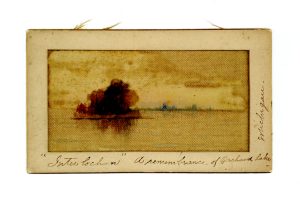
Children were an integral part of these gatherings. Jane VanEvery, one of Homer’s nieces, recalls the summer months saw children “running in the long grass which blew in waves over the hill” and “hid[ing] in [the grape arbour’s] leafy shadows [to] look out on the garden shaped like a palette”.
Additionally, summertime allowed for other outdoor activities such as canoeing and swimming in the nearby Willow Lake and Grand River, which both Homer and his younger family members were fond of. Meanwhile, the adults often remained on the house’s verandah where they “sat talking during the long summer evenings” surrounded by the ambiance of the Doon landscape.

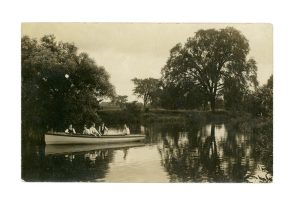
Moreover, the free time during the summer months was often spent traveling to larger cities. Homer’s adopted daughter, Mary Watson, occasionally accompanied her father on trips across Ontario, both to promote his art career and to widen her own social circle. One letter of Homer’s speaks of a trip he and Mary took to Toronto, where he discusses his desire to pursue “a little relaxation” and to have “Mary meet some of [his] friends who want to see her”, among other work-related pursuits. As a big city located on the lakefront, Toronto was an especially popular tourist destination in the summer.

Whether it was spent picnicking, traveling, or painting, summertime was clearly an exciting season in the Watson household!



